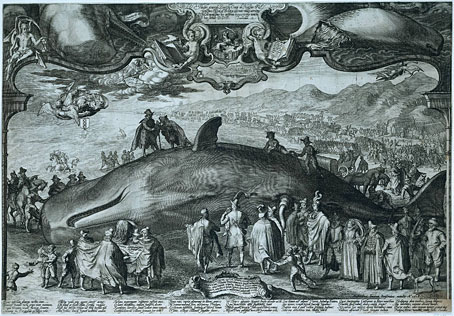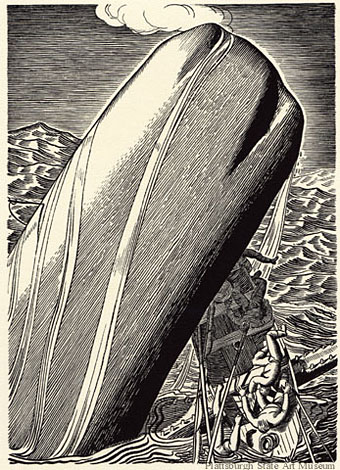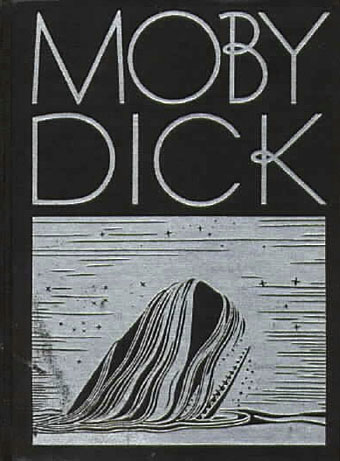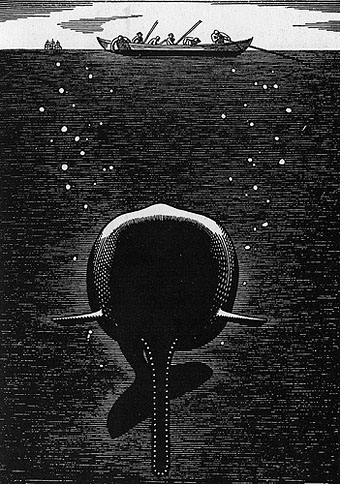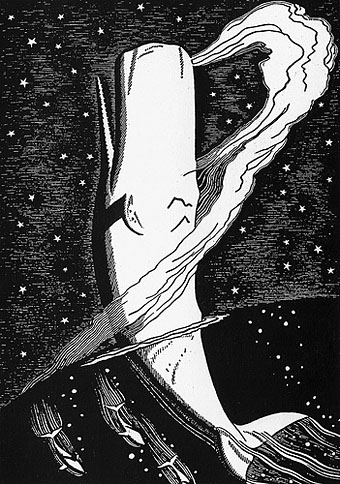Still reading Moby Dick at a leisurely pace. After finishing Melville’s chapters on the representations of whales I thought I’d see if the pictures he most prefers are online anywhere. A vain search, as it turns out, but I did discover this splendid depiction, Stranded Sperm Whale, by Dutch artist Jan Saenredam (1565–1607).
On 19 December 1601, a sperm whale washed up near Beverwijk. Crowds of people came to see the sight. Among them Jan Saenredam, who made this print. He has depicted himself drawing on the left.
The description continues at the Rijksmuseum site from which this copy originates. Mr Peacay of BibliOdyssey has a very large copy on his Flickr pages which shows more of the fine detail. Melville is highly critical of poor depictions of whales but I suspect he would have liked this one. As well as the local colour and allegorical border elements, Saenredam faithfully renders his dead whale, even leaving space for the drooping scape of cetacean penis. In a similar, if more mundane manner, there’s this engraving by Jacob Matham.
Elsewhere on { feuilleton }
• The etching and engraving archive
Previously on { feuilleton }
• The Whale again
• Rockwell Kent’s Moby Dick

